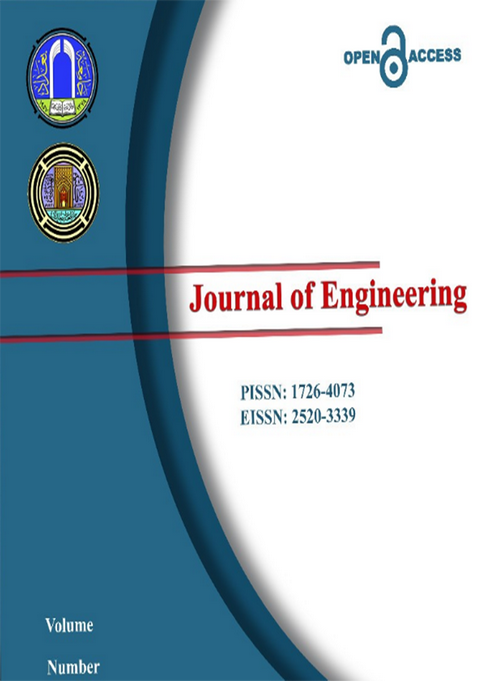Abstract
The surface roughness of machined parts is a crucial parameter in predicting the performance of mechanical components. Predicting optimal machining parameters is essential for cost reduction and achieving desired surface quality. This study investigates the effects of depth of cut, spindle speed, and feed rate on the surface roughness of milled aluminum alloy AA6061. Experiments were conducted using a manual milling machine with a coated carbide cutter, arranged according to the Taguchi L9 orthogonal array method. Average surface roughness (Ra) was measured, converted to signal-to-noise (S/N) ratios, and analyzed using analysis of variance (ANOVA). The optimal parameters were found to be a spindle speed of 2400 rpm, feed rate of 30 mm/min, and depth of cut of 0.5 mm. ANOVA results indicated that spindle speed was the most influential parameter, accounting for 66.42% of the variance, while depth of cut had the least influence at 5.34%. Higher spindle speeds improved surface quality, while lower depth of cut and feed rates were preferable.
Keywords
Aluminum alloy
Analysis of variance
Milling machine
S/N ratio
Surface roughness
Taguchi method
